
Tag Archives University of Manitoba

Beekeepers on front line of tick invasion
Both rural and urban Manitobans should keep a wary eye out for the blacklegged tick as its territory expands
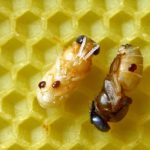
Mites could play role in variable bee losses
Honeybee losses are all over the map in Manitoba this year, as experts eye the impact of the varroa mite
Canola under pressure from cutworms, flea beetles
Manitoba Insect & Disease Update summary for June 1
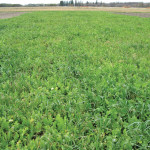
Cover crops breaking out of livestock niche
Benefits of cover crops shown to accrue to grain portion of mixed operations, causing some without livestock to consider them
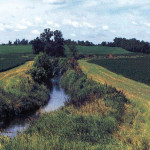
New research raises red flag over buffer strips
A University of Manitoba researcher says riparian buffer strips may not be the answer to preventing nutrient run-off

Pulling the pin on the Prairie Improvement Network
The organization will create a scholarship endowment with remaining funds

Manure separation could be key to P accumulation issue
Removing phosphorus-rich solids from nitrogen-rich liquid allows both local use and economical transportation to other farms
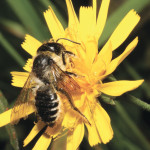
Building a better beehive
The University of Manitoba has opened an international competition aimed at giving bees better housing

Winnipegger introducing a new ‘old’ cheese to the market
Dairy Fairy cheese maker Galina Beilis has eaten this fresh cheese since she was a child. Now she’s making a business producing and selling it
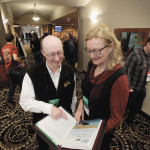
Prairies to play pivotal role in future food production
Climate change will provide both challenges and opportunities for Prairie producers by the year 2050


